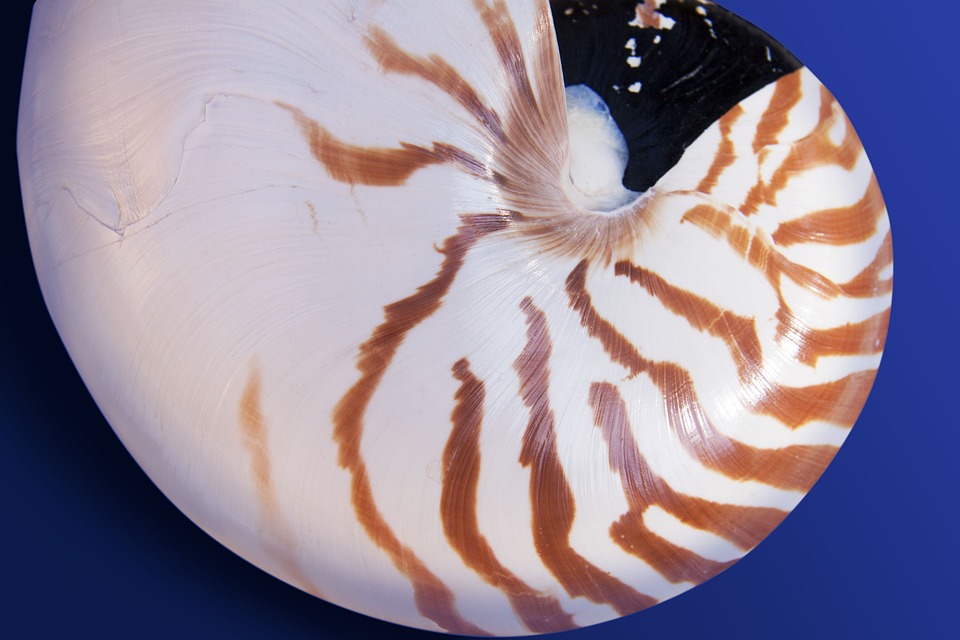Cephalopod Curiosities: The Weirdest and Most Amazing Facts About These Creatures
As we delve into the world of cephalopods, we’re met with a sense of wonder and awe. These creatures, which include octopuses, squids, and cuttlefish, are some of the most fascinating and bizarre animals on the planet. With their ability to change color, shape, and even texture, it’s no wonder that cephalopods have captured the imagination of scientists and the general public alike.
Color-Changing Chameleons of the Sea
One of the most impressive abilities of cephalopods is their capacity to change color. This is made possible by specialized cells called chromatophores, which contain pigments that can be expanded or contracted to alter the animal’s appearance. This remarkable ability allows cephalopods to blend in with their surroundings, communicate with other cephalopods, and even express emotions like excitement or aggression.
Eight Arms and a Thousand Tentacles
Octopuses, in particular, are known for their impressive array of arms. These flexible, boneless appendages are covered in suckers that can taste and feel their surroundings, allowing the octopus to "feel" its way through the environment. But did you know that octopuses can also lose and regrow their arms? This unique ability is thought to be an evolutionary adaptation to help the octopus escape predators or distract them while it makes a quick getaway.
Ink-redible Escape Artists
When threatened, many cephalopods release a cloud of ink to confuse and distract predators. This dark, cloudy substance is actually a chemical defense mechanism that allows the cephalopod to make a quick escape. But did you know that some cephalopods can also release a "false trail" of ink to mislead predators, while others can use their ink to create a decoy version of themselves?
The Great Escape Artists of the Sea
Cephalopods are notorious for their ability to escape from even the most secure enclosures. In fact, octopuses have been known to open jars, escape from aquariums, and even squeeze through tiny openings to freedom. This impressive problem-solving ability is thought to be linked to their highly developed brain-to-body mass ratio, which is rivalled only by that of humans and dolphins.
FAQs
Q: Are cephalopods intelligent?
A: Yes, cephalopods are considered to be highly intelligent animals, with complex behaviors and problem-solving abilities.
Q: Can cephalopods see?
A: While cephalopods don’t have eyes like humans, they do have highly developed eyes that are sensitive to light and allow them to detect movement and changes in their surroundings.
Q: Are cephalopods predators?
A: Yes, many cephalopods are predators that feed on fish, crustaceans, and other small animals.
Q: Can cephalopods change their shape?
A: Yes, cephalopods are able to change their shape by expanding or contracting their bodies, allowing them to fit through narrow openings or change their appearance to blend in with their surroundings.
Q: Are cephalopods endangered?
A: Unfortunately, many cephalopod species are threatened or endangered due to habitat destruction, overfishing, and other human activities.
Image:
[Insert image of an octopus changing color, with a bold, bright background to highlight its ability to change color]
Conclusion:
Cephalopods are truly one of the most fascinating and bizarre groups of animals on the planet. With their incredible ability to change color, shape, and even texture, it’s no wonder that they have captured the imagination of scientists and the general public alike. Whether you’re a marine biologist, a curious observer, or simply someone who loves the ocean, there’s no denying the sheer wonder and awe-inspiring nature of these incredible creatures.



